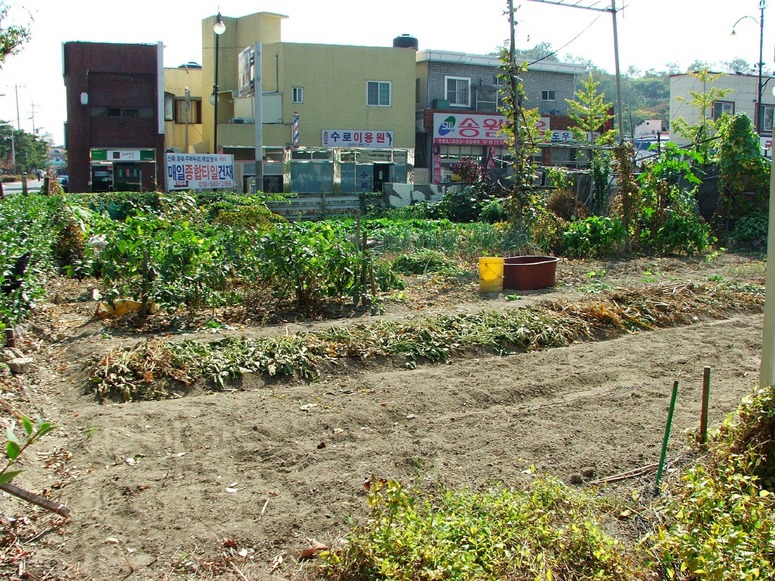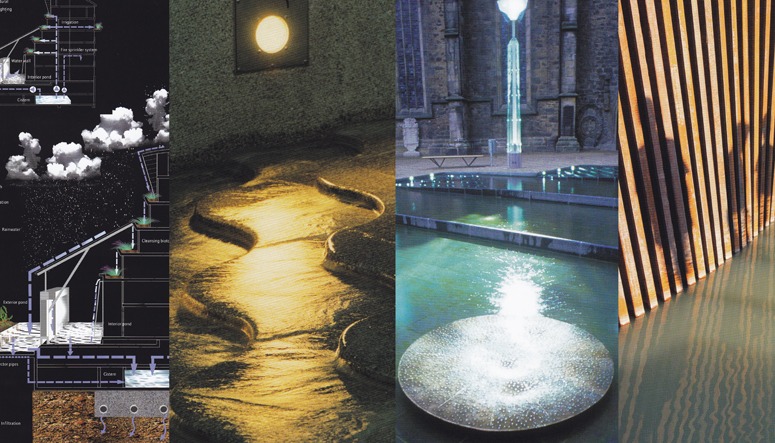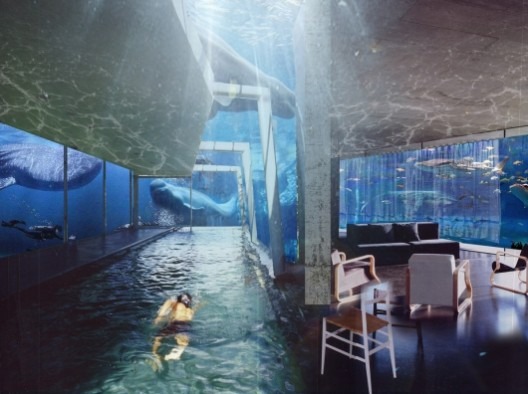Here is the explanation of the frontispiece to The Retir’d gardener by George London and Henry Wise. Though England’s greatest Baroque garden designers, London and Wise dreamed of the simple life.
I. Agriculture, represented by a country-woman; her left hand upon a fruit-tree, her right upon a Zodiac, two genii supporting it.
II. Industry, represented by a woman standing on the other side of the tree, holding a book in her right hand, and a lamp in her left, with a crane at her feet representing vigilance; to show, that besides the labour and practice abroad in the day-time, to come to a perfect knowledge, we must read and study at night by the light of the lamp.
III. One of the naides or nymphs of the water, to water the tree; water being the soul of all vegetables.
IV. Terra, or mother-earth, with a wreath of flowers upon her head, a cornucopia in her right hand, and the globe of the earth in her left.
V. A view of a plantation of trees.
VI. Spades, pruning-hooks, &c. upon the ground.
The reference is to Virgil’s Georgics: Blest too is he who knows the rural gods.
And what more could any of us want: agriculture, the industry to seek perfect knowledge, water, earth, trees and tools?
Henry Wise retired to enjoy a life of rural retreat at Warwick Priory. In 1925 his house was sold for its bricks, which were used to built Virginia House in America.
The Undersecretary of State for the Home Department knew it was to be demolished, in 1925, and said that ‘financial reasons’ prevented his doing anything. As Thomas a Kempis put it, Sic transit gloria mundi. The foundations of Warwick Priory were partially excavated in 2002-3. .








